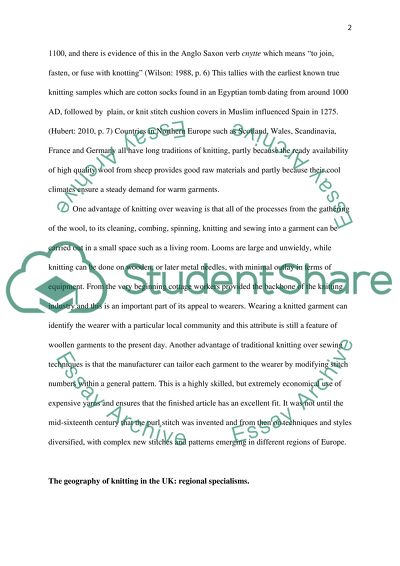Cite this document
(“The History of Knitting - UK Essay Example | Topics and Well Written Essays - 3250 words”, n.d.)
Retrieved from https://studentshare.org/environmental-studies/1408331-the-history-of-knitting-uk
Retrieved from https://studentshare.org/environmental-studies/1408331-the-history-of-knitting-uk
(The History of Knitting - UK Essay Example | Topics and Well Written Essays - 3250 Words)
https://studentshare.org/environmental-studies/1408331-the-history-of-knitting-uk.
https://studentshare.org/environmental-studies/1408331-the-history-of-knitting-uk.
“The History of Knitting - UK Essay Example | Topics and Well Written Essays - 3250 Words”, n.d. https://studentshare.org/environmental-studies/1408331-the-history-of-knitting-uk.


